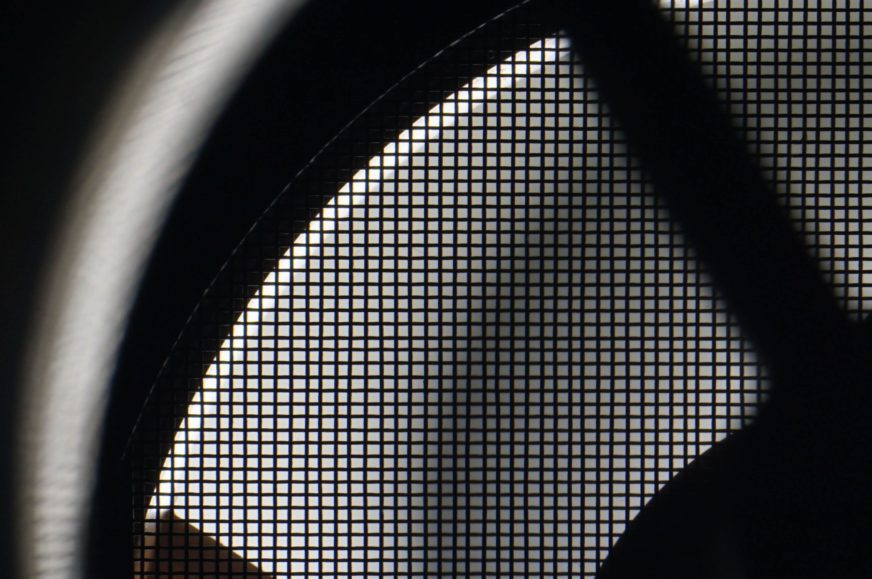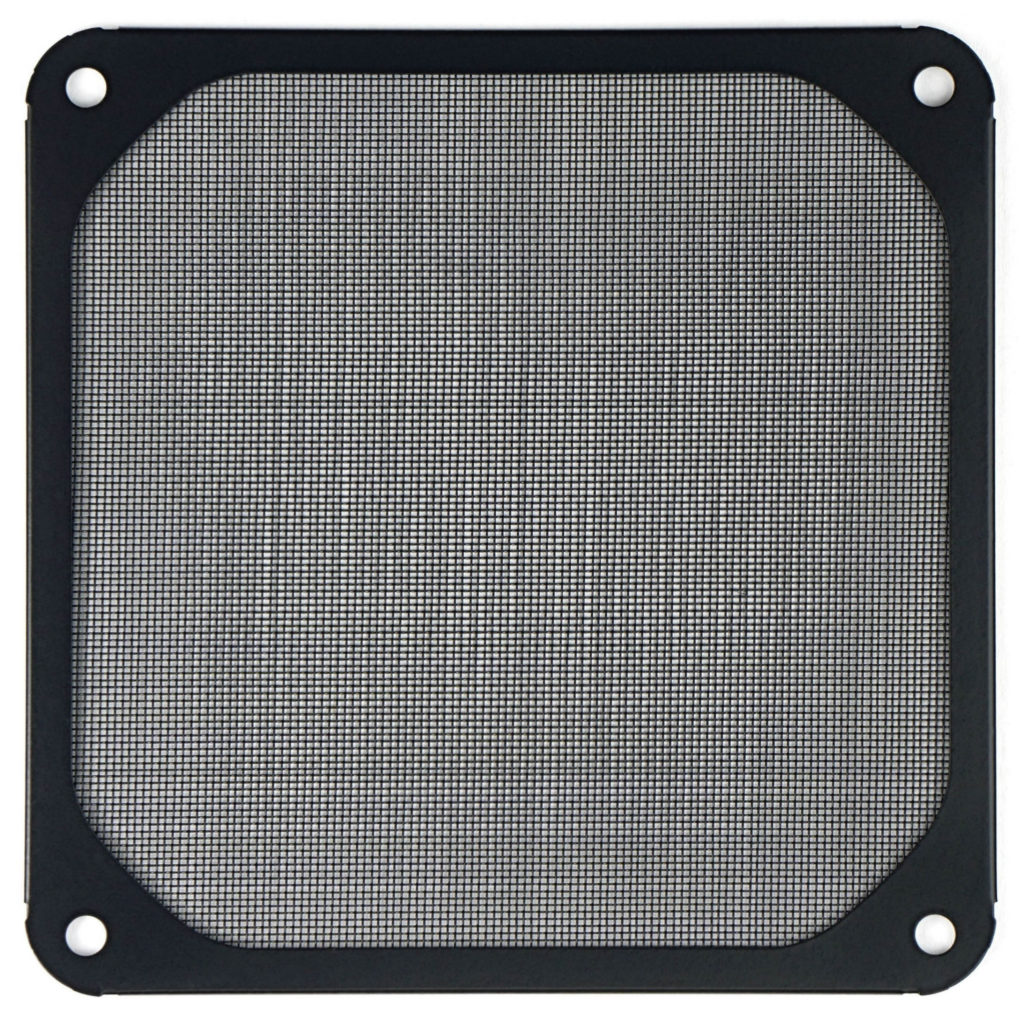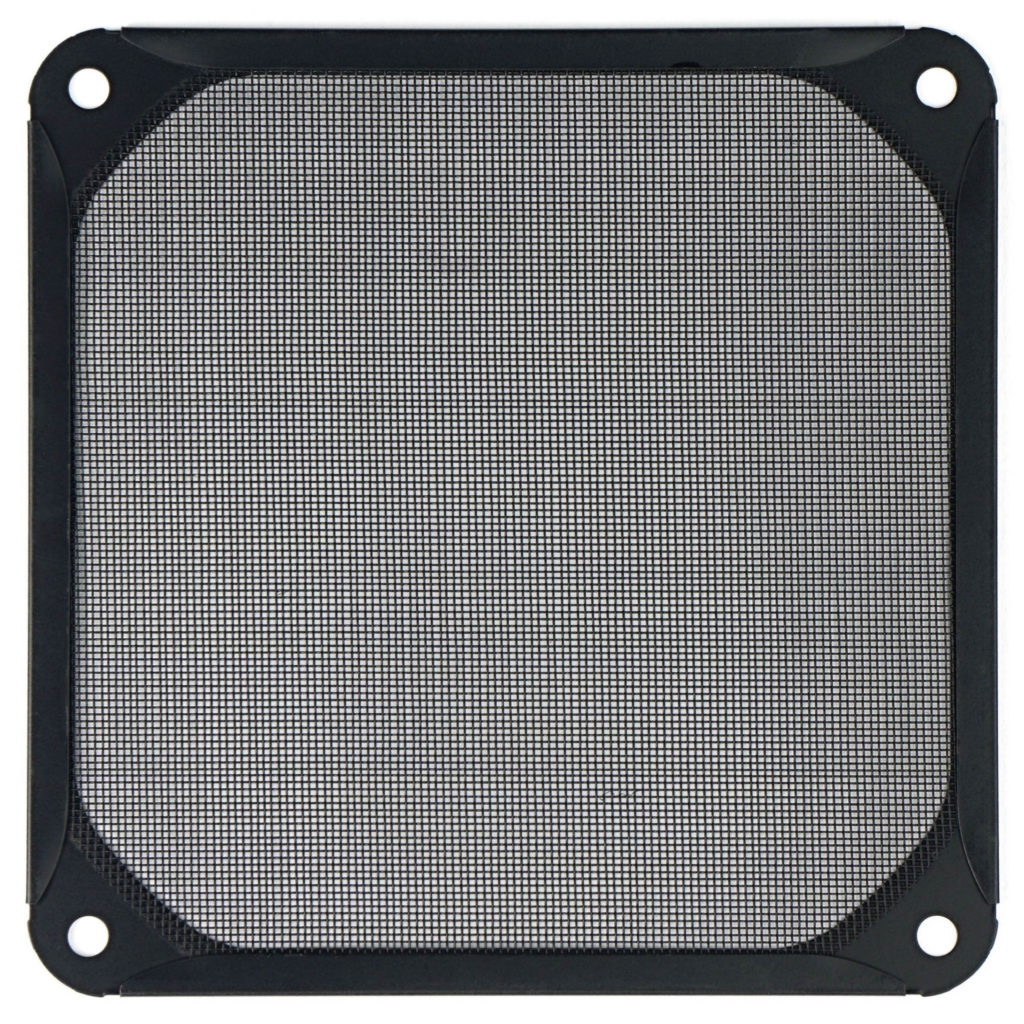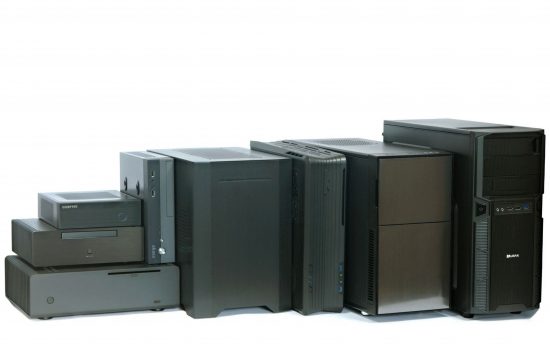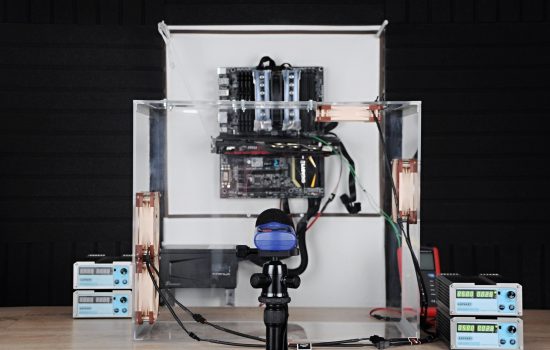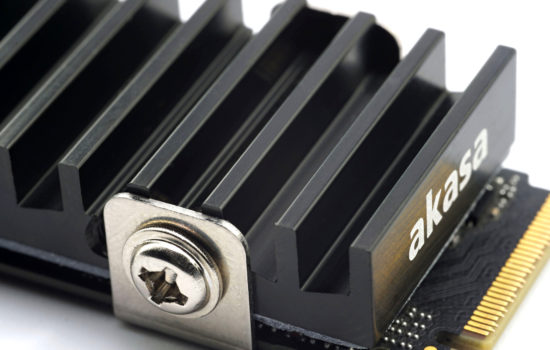Aluminium filter made of steel
We have tested a dust filter that combines the best features of plastic and nylon filters. It has high mechanical resistance, is easy to clean and yet also has low restrictiveness, so it does not significantly change the sound of the fan and does not increase its noise level. Compared to plastic filters, it does not even “hiss”. This addition thus extends the database of results with the latest type of dust filter, one with a metal grille.
You already know that dust filters degrade the performance of fans. From our tests, you also have an idea of which type behaves how. Next to nylon, plastic or foam filters, “metal” filter is still missing in the comparison. Unlike the previous ones, this one is not present in cases (or only very rarely) and is thus a purely optional accessory. One that you can reach for if you don’t have a filter and need one, or if you want to replace the original filter for some reason.
We’ll look at one such metal filter now – the Akasa GRM120-AL01-BK. The manufacturer claims it’s made of aluminium, but that’s just the frame. The grid is ferromagnetic, made of steel apparently. This is no disadvantage though, it’s just interesting that the base of the “aluminium” filter is actually made of a different material. But that’s a good thing too, in the end, because it makes the construction sturdier. Thanks to the aluminium frame, the filter with a total weight of 16 g (applies to the 120 variant) increases the weight of the fan only symbolically.
The grille, i.e. the area in front of the fan, is made up of cords. These are approximately 0.2 mm thick and are interspersed to form windows, or small squares (approximately 0.36 mm2 in area), through which air flows. We rate the workmanship very positively, the work is meticulous. The individual cords are tied in the same way as in a tennis racket, that is, they are intertwined and really well so. The structure of the weave is uniform and the finish on the sides is also solid.
The weave holds its shape well (nothing ripples, sags or bulges anywhere), and it wouldn’t even need a frame to do so. It does hold the grille on the sides but more or less only to allow the filter to be installed through it to the fan. The mounting holes are not naturally in the mesh (so that it doesn’t fall apart), but in the corners of the frame. The spacing of the mounting holes centres is standard, in the case of the tested format for 120 mm fans it is 105 × 105 mm. However, smaller formats for 80 or 92 mm fans are also available, as well as 140 mm. The whole filter is coloured, blackish. This finish is also a protection against corrosion.
For the measurements we used Noctua Fan NF-A12x25 PWM. Firstly, because it is a fairly popular and widely used fan. Moreover, it is from a higher price category and one can assume that its owners will be interested in how it handles dust filters. Although we will be using not only filters but also other obstacles in our standard fan tests, a separate article with a slightly modified methodology is also appropriate.
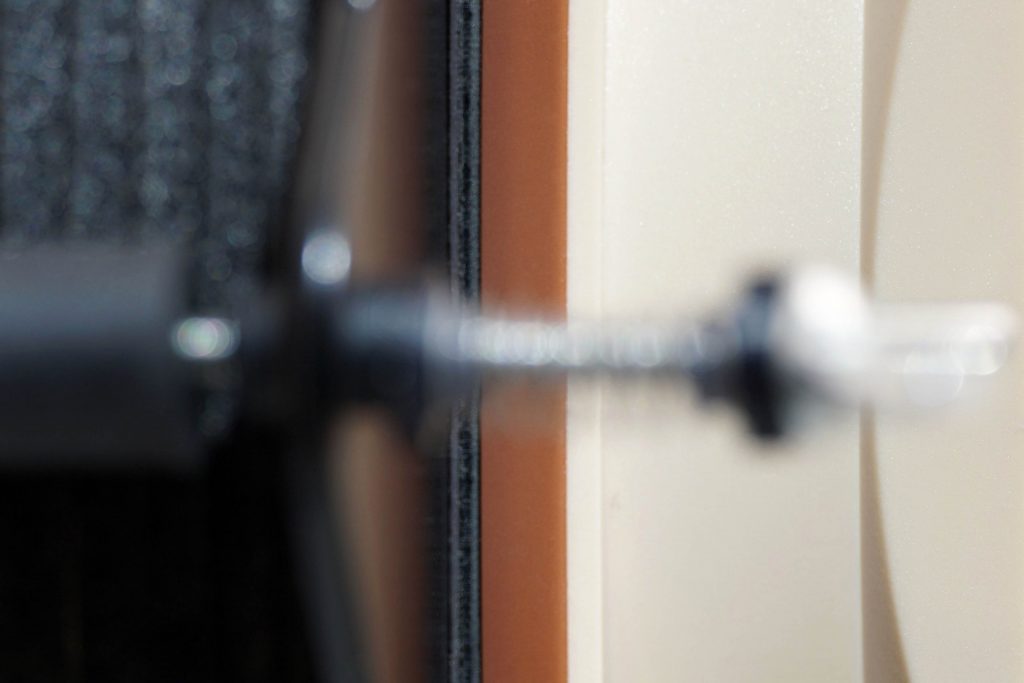
We measure both airflow and pressure in the wind tunnel as described in the fan test methodology, but we measure noise a little differently. We don’t equate the latter to the same level in these filter tests, but we have fixed levels of operating voltages of the test fan. This is so that the filter (and later grille) tests can show the increase in noise that is caused by the greater mechanical resistance if an obstacle is placed in front of or behind the rotor. Thus, we use the NF-A12x25 PWM with 9 V (~1650 rpm), 7 V (~1330 rpm) and 5 V (~980 rpm). We didn’t test at maximum power because few will be blasting through dust filters at around 2100 rpm, where the Noctua is as well, naturally, noisy.
Don’t be alarmed by higher noise levels in the results. They are so because we increase the sensitivity of the sensing to a high enough resolution even for very low speeds by a parabolic collar around the noise meter. We also use the same fixture for in-depth sound analysis, where we measure noise levels in the 20–20,000 Hz range at 240 frequencies. For more on this topic, see Get familiar with measuring the frequency response of sound. If you are interested in fan tests and don’t know how to read spectrograms yet, we recommend you to complete the overview, it will come in handy.
The article continues in the following chapters.
- Contents
- Aluminium filter made of steel
- Results: impact on airflow, pressure and noise
- Results: frequency response of sound
- More air, less noise





